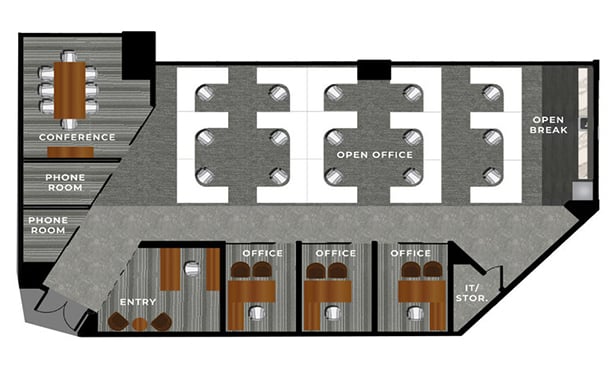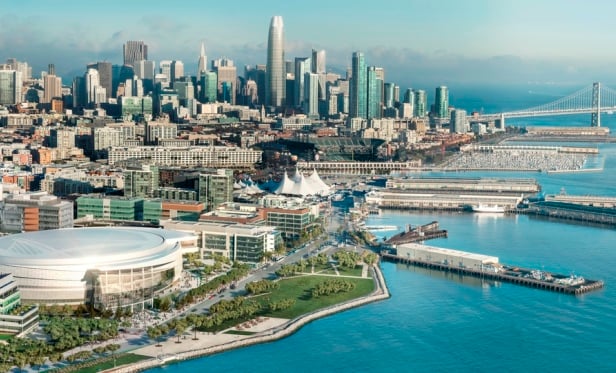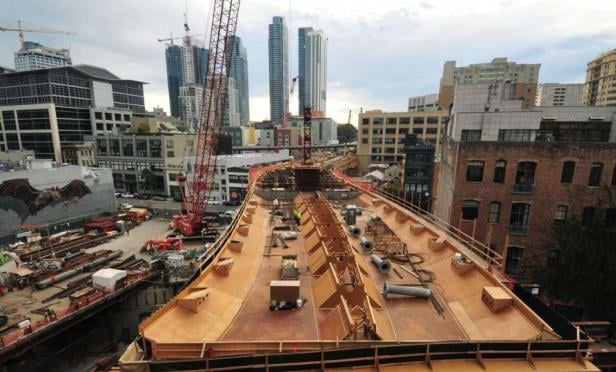ApartmentData.com has been conducting one-on-one interviews with managers at 2,725 apartment properties in Greater Houston to obtain an accurate assessment of the number of units damaged by Harvey. As of September 22, the multifamily research company surveyed 2,610 or 95.8% of those 2,725 properties, GlobeSt.com learns.
The survey findings indicate that 210 properties reported damage to 14,852 units, about 2.4% of the supply of surveyed properties and 2.3% of the total supply of apartments. The overall average effective rent per month rose by $16 to $1,000 from $984 pre-Harvey.
Recommended For You
Want to continue reading?
Become a Free ALM Digital Reader.
Once you are an ALM Digital Member, you’ll receive:
- Breaking commercial real estate news and analysis, on-site and via our newsletters and custom alerts
- Educational webcasts, white papers, and ebooks from industry thought leaders
- Critical coverage of the property casualty insurance and financial advisory markets on our other ALM sites, PropertyCasualty360 and ThinkAdvisor
Already have an account? Sign In Now
*May exclude premium content© 2025 ALM Global, LLC, All Rights Reserved. Request academic re-use from www.copyright.com. All other uses, submit a request to [email protected]. For more information visit Asset & Logo Licensing.









